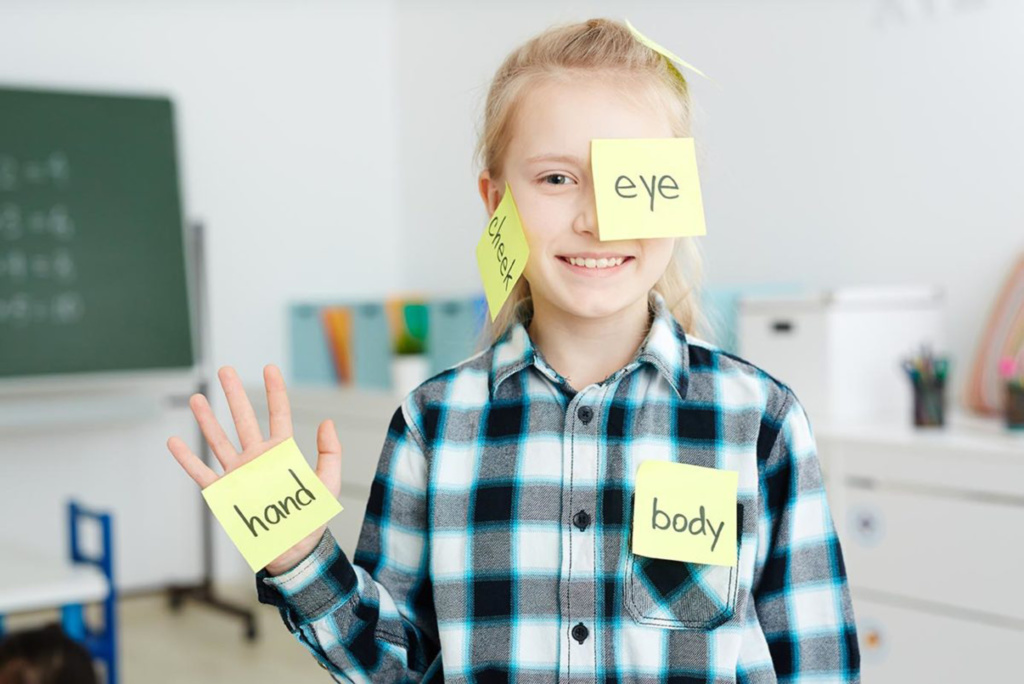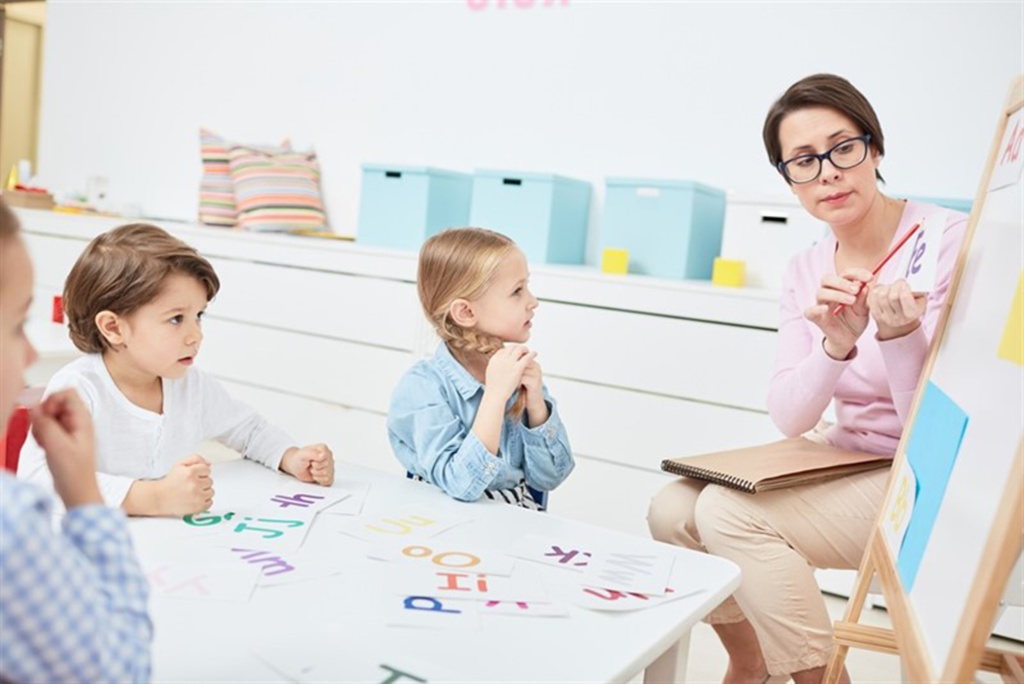
In staff rooms across the UK, comments about students entering school with weak vocabulary, students not being able to access the vocabulary in the KS2 SATS paper or secondary school students not knowing relatively simple words needed to understand a text are often heard. The so called ‘word gap’ is a concern in many schools, but the question remains: what do we do about it?
When the English National Curriculum was updated in 2014, it pushed vocabulary front and centre with such remarks as ‘Pupils’ acquisition and command of vocabulary are key to their learning and progress across the whole curriculum’.1 Examples of the importance of vocabulary to understanding curriculum content can be seen from Art and Design (‘perspective’) to Geography (‘environment’), History (‘evidence’) and Science (‘adaptation’). To fully understand these subject areas, students must understand the vocabulary.
Much has been written about the specific impact that vocabulary has on reading comprehension. Phonics skills enable the reader to decipher the word on the page, but to understand it, knowledge of the word’s meaning is essential. As the Simple View of Reading suggests, to be a successful reader, children need both phonics and language skills.2 A significant number of children master phonics quite well, but then struggle to understand what they read, as they do not have the wider vocabulary required to access more demanding books from KS2 and onwards.
It is established that vocabulary impacts both on curriculum access and reading, but what do we mean by the term ‘vocabulary’? What do you immediately think of when you think of ‘vocabulary’? Is it spelling lists? Reading, or perhaps even looking words up in dictionaries? Vocabulary is, of course, all of those things, but also more. As words may be read, written, spoken or listened to, it is useful to think of us as having four interrelated vocabularies. These four vocabularies all interact with each other, with understanding being the main driver in Early Years, before giving way to reading someway through Key Stage 3.
Barbara Bleiman argued rather eloquently in the TES last year that over-focusing on vocabulary may be counterproductive and that instead we should be focusing more broadly on language.3 She is absolutely correct, because vocabulary is learned within a context and a word in isolation is next to meaningless. Words needs to be learned and used within real contexts and so it makes my heart sink whenever I hear about students being given lists of words to learn or look up in dictionaries. Every word has nuances, and every speaker will use words in their own way, so we need to model the use of words to our students, so they learn not only words’ meanings, but also their applications.

Within language as a whole, vocabulary does hold a special place, as to master any new subject area a learner must master the terminology. Imagine you were to take up a new hobby, such as sailing. You would soon encounter all manner of new words, such as ‘leeward, helm and jib’, that you would need to understand and use if you were to have any chance of becoming a competent sailor. The same principle applies to any new topic within the curriculum. When students master new vocabulary, they master the topic.